Perhaps Apple's most non-existent service: the history of macOS Server's demise
On April 21, 2022, Apple officially discontinued support for macOS Server, the server software package for macOS, in a support document. In fact, the main features included in macOS Server have been integrated into the operating system since the release of macOS High Sierra in 2017, and after nearly five years of constant obsolescence, the service has finally come to the end of its life history later than expected.
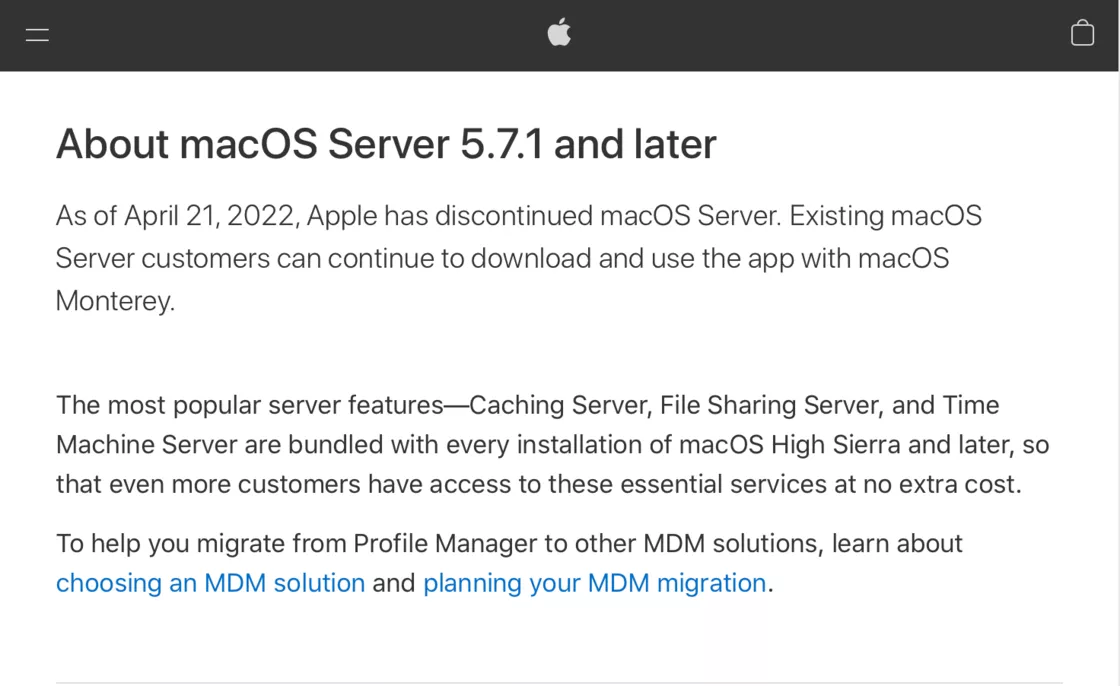
As of April 21, 2022, Apple has discontinued macOS Server. Existing macOS Server users can continue to download the application and use it with macOS Monterey.
In the post-Jobs era, the Apple company that fits the popular perception has always been a consumer-oriented Silicon Valley company, one that today designs and sells products that are highly integrated for different user needs rather than packaged solutions for businesses and organizations. While most users have nothing more than a "sorry to know you this way" attitude toward macOS Server, the history of this barely-there service goes all the way back to 1993 - and if every successful business company goes through a very difficult and dark period in its long history, the '90s were certainly the time. If every successful business company goes through a very difficult and dark period in its long history, the '90s are certainly the 'Middle Ages' of Apple's history.
Since Jobs was ostracized within the company from 1983 until he left in 1985, Apple's product line has been in disarray as his control has weakened. The old Parisian wanted to turn Apple into the Chanel of Silicon Valley, and as soon as he took over, he called off all projects at the low to mid-range end of the market, hoping to boost profits per product. Garci's idea was supported by then-CEO John Sculley, and thanks to Apple's brand appeal, Apple products were selling at increasing prices thanks to the collaboration of the two wise men, and their rising sales gave them the confidence to continue the strategy, not realizing that this abnormal growth was essentially consuming the company's The company's long-established reputation.
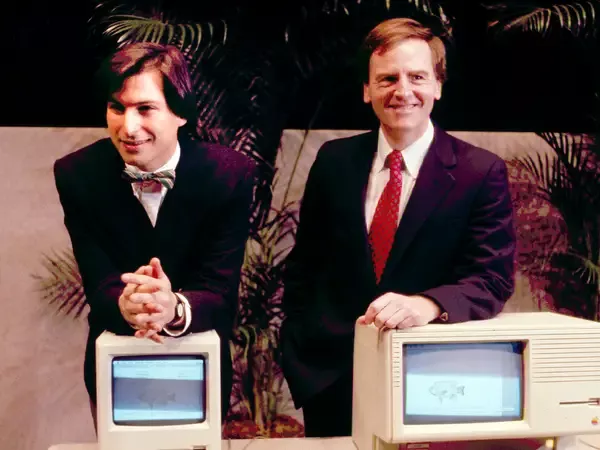
"Do you want to sell sugar water for the rest of your life, or do you want to change the world?" Scully's Silicon Valley Chanel smelled good from 1985 until the 1990s, and then it didn't. Sales of Apple products began to fall short of expectations in 1990, and have declined every year since then. While the rise of the IBM PC and its compatibles was the main reason, Gacy's approach to positioning and pricing Apple products away from the average user did play a role in contributing to the decline. After a roller coaster ride on the earnings front, Scully seriously reflected on his major decision making mistakes, which resulted in getting the French out and bringing the Germans in - with Apple Europe CEO Michael Spindler as the new COO, trying to Apple Europe CEO Michael Spindler became the new COO, attempting to bring Apple's skewed tech tree back on track by relying on precision German craftsmanship.
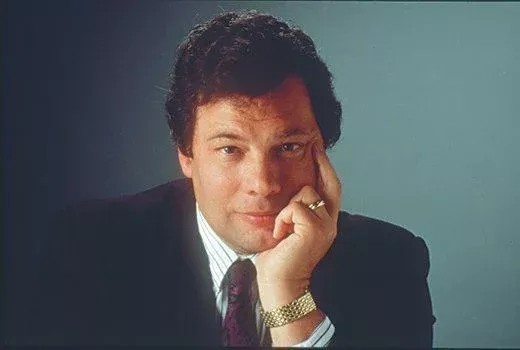
Michael Spindler brought PowerPC and also NewtonWhile the previous strategy proved to be an exhaustive one, the Scully, who had gotten a taste for it, didn't want to give up the cake that was about to arrive. It was clear that cutting the leeks of the average consumer was not a long-term solution, and on March 22, 1993, Apple officially launched its server line, Workgroup Server, to compete head-to-head with IBM, which had long dominated the enterprise market. Unfortunately, Scully did not expect to win, and he was removed from the board on October 15 of the same year and replaced by Spindler.
Apple's Workgroup Server was not a success, even without comparing it to IBM. With the exception of Workgroup Server 9150 in February 1996, all the other Workgroup Server servers were based on Macintosh computers of the same era. Perhaps for this reason, Spindler and his successors kept Workgroup Server until Steve Jobs returned like lightning in 1997, when Apple axed the project in a radical product line streamlining process - and then replaced it with a further rackmount server Xserve.
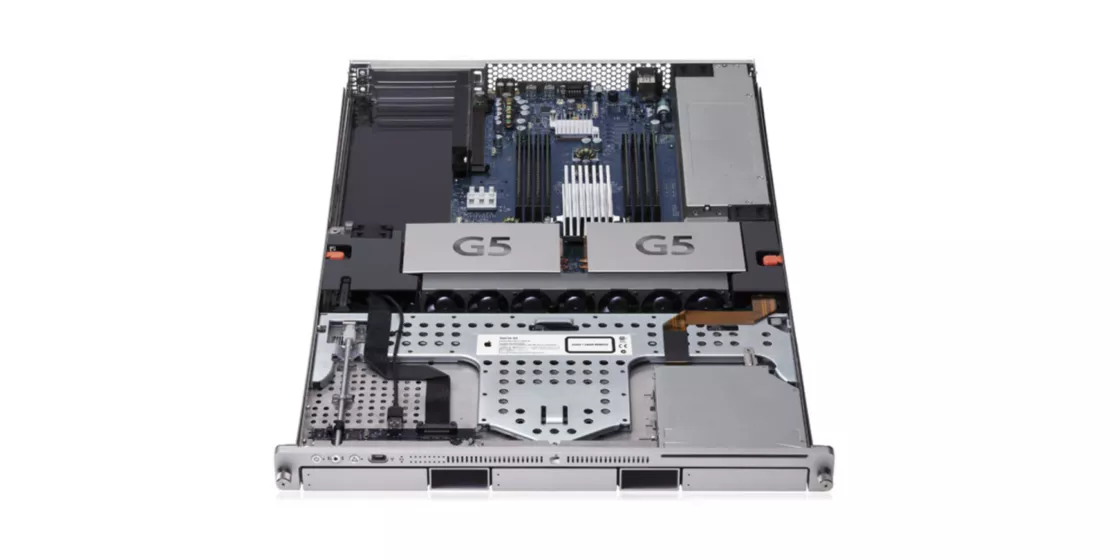
Xserve G5, Apple's last generation of PowerPC-based serversThe early Xserve was still essentially a PowerPC processor-powered computer, only with Mac OS X Server 10.0 preinstalled. The first version of this operating system was first released on March 16, 1999, on the NeXTSTEP platform developed by NeXT, the company Steve Jobs founded during his time away. Apple brought Jobs back by acquiring NeXT, and NeXTSTEP rightfully replaced the aging Mac OS 9 (collectively known as Classic Mac OS), which became the basis for Mac OS X (renamed macOS in 2016 and still in use today) and even iOS, iPadOS, watchOS, and tvOS.

NeXTSTEP operating system user interface - yes, everything Everything Runs DOOM The original Mac OS X Server 1.0 was a highly experimental blend of Mac OS 8.5, the NeXTSTEP platform, and various open source components, designed to open the way for a full commercial release under development. Mac OS X Server for the enterprise, both of which were released on March 24 and May 21, 2001, with the starting version number jumping to 10.0, corresponding to the Roman numeral X in the naming. Mac OS X Server kept pace with Mac OS X for the next decade, until Apple discontinued support for Mac OS X Server when the last generation of Xserve Xeon servers was discontinued on January 31, 2011.
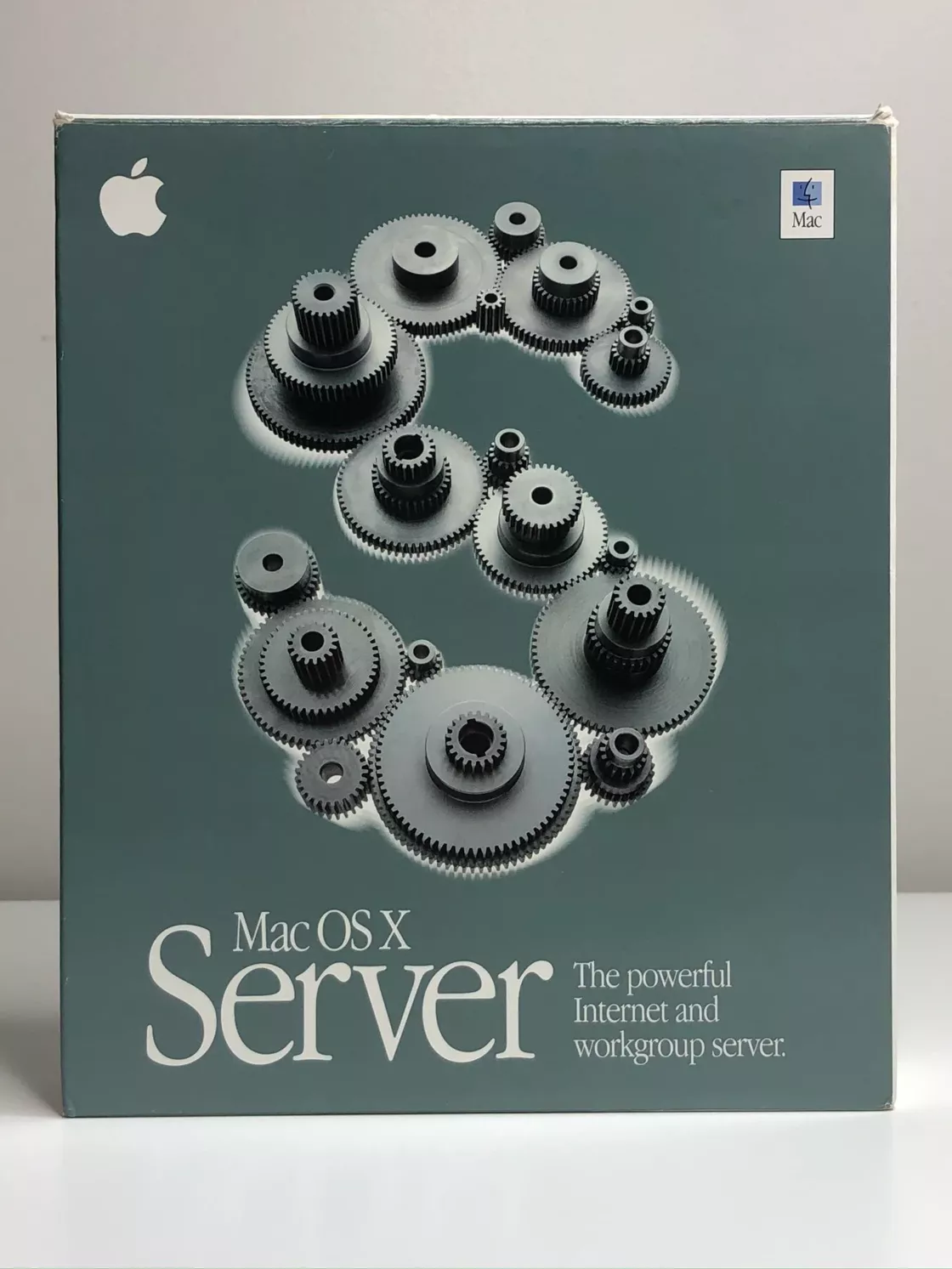
Mac OS X Server 1.0 installation CD sold in a boxed set, not very well done but expensive Xserve + Mac One of the main reasons why the OS X Server combination was not destined to compete with IBM's solution was that Apple refused to loosen its grip on its own product and wanted businesses to be able to manage their work as "elegantly" as they would with a regular Mac OS X. However, Mac OS Server's closed-source and open-source component format makes it difficult for enterprises to customize server functionality, and the deep hardware and software bundle forces up maintenance costs and upgrades, all for the price of a nice graphical user interface.
Businesses weren't buying, and Apple was forced to turn its attention to smaller, more easily deployable products for offices and schools. Because Mac OS X Server is essentially Mac OS X plus a dedicated server component, Apple changed its strategy: Starting with Mac OS X 10.7, Mac OS X Server will be sold as a software package rather than a standalone branch operating system, and any user will be able to install the package on a qualified Mac computer and use it as a server. With this shift in focus, Apple hopes to create Mac-built office and educational environments in offices and schools where administrators can manage the devices of their organization's members directly on their own Macs using their existing networks without deploying additional servers.
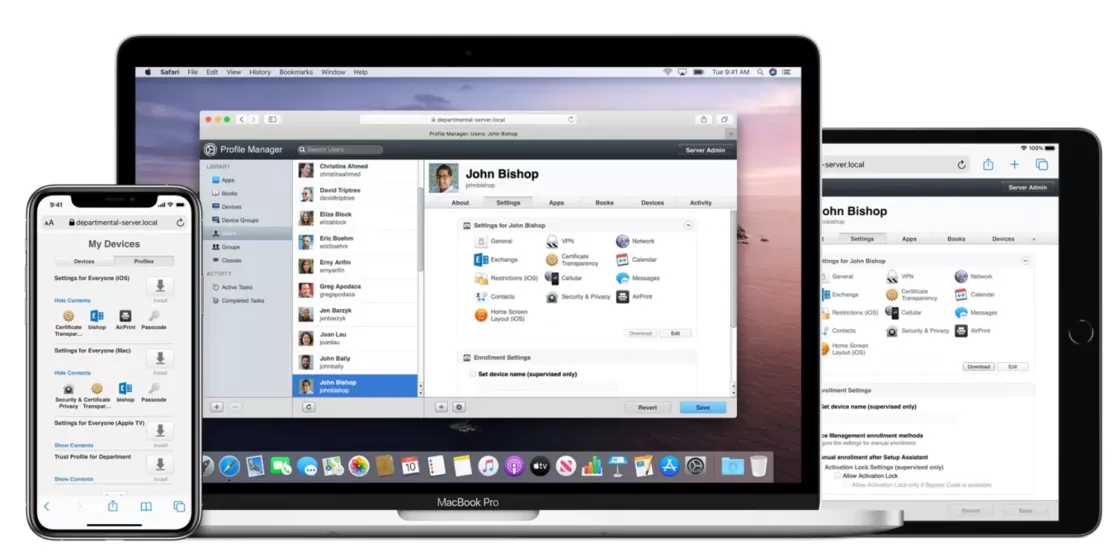
This is the best use of macOS Server The most important feature of Mac OS X Server in package form is the description file Manager, a feature that allows administrators to stay in sync with them by creating a profile containing information such as user accounts for mail, calendar, contacts and messages, system settings, enforced restrictions, and PIN and password rules, and other members of the organization can simply install the profile and deploy the device. Interestingly, the profiles also allow administrators to push agency-licensed apps purchased through the App Store bulk purchase program directly to designated devices without using an Apple ID, a loophole exploited by the various "Apple Helpers" that have proliferated over the years to supposedly "install apps without an Apple ID.
Beginning with OS X 10.11, released on September 16, 2015, no new features were added to Mac OS X Server, a version known as Server 5.0 and the last major update to Mac OS X Server; on September 20, 2016, OS X was renamed macOS, and with it, Mac OS X Server was renamed macOS Server. Starting with macOS Server 5.7 on September 28, 2018, Apple removed features from macOS Server other than the Description File Manager, Open Directory, and Xsan, which seemed to foreshadow the fate of macOS Server.
The December 8, 2021 release of macOS Server 5.12 with macOS 12 is the last version in which the description file manager will be replaced by a more lightweight MDM solution - Apple has found a home for all of macOS Server's features, from the server to the Mac computer, from a standalone operating system to a package sold separately as "DLC". macOS Server has failed to grow into the great UNIX branch that Apple intended. The situation of macOS Server today reflects the nature of Apple as a so-called "consumer goods company" in the technology industry - a company that can change everything with the iPhone, even "again". Apple can change everything with the iPhone, and even "change everything again," while macOS Server can only change itself.